Breakthrough is a Delhi, India-based amazing, award-winning “global human rights organization that uses the power of media, pop culture, and community mobilization to inspire people to take bold action for dignity, equality, and justice.”
I first learned about them because of their innovative bystander campaign around domestic violence called “Bell Bajao” or “Ring the Bell.” It encourages people to ring a neighbor’s doorbell if they hear domestic violence occurring because that can interrupt the situation, and then to call the police if it continues.
I connected with a few staff at Breakthrough a few months ago (including Veronica Weis, the author of yesterday’s blog post about street harassment in Delhi, India) and invited them to participate in International Anti-Street Harassment Week. I was thrilled when they accepted the invitation and created this amazing bystander poster campaign for street harassment. Please the posters share widely!
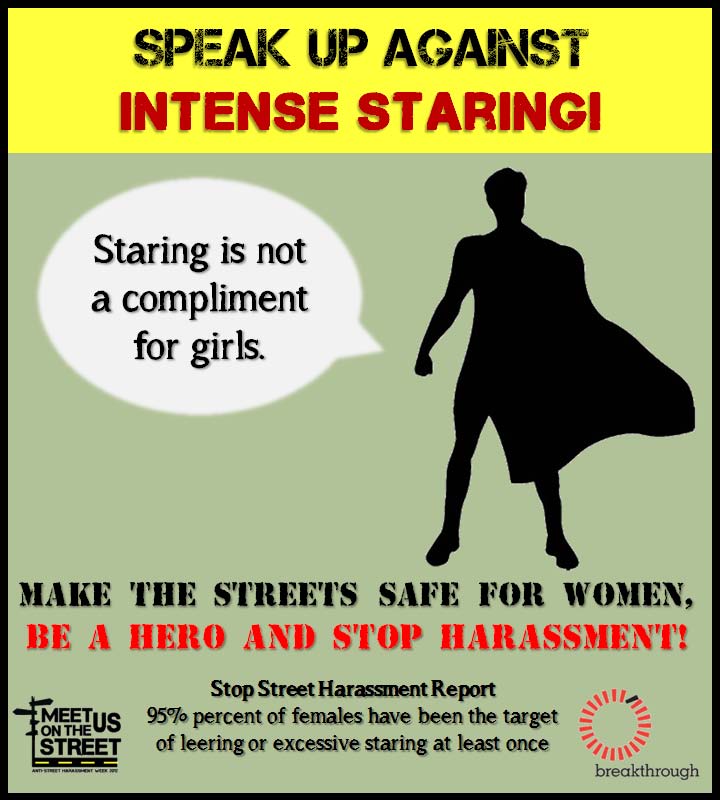 |
 |
 |
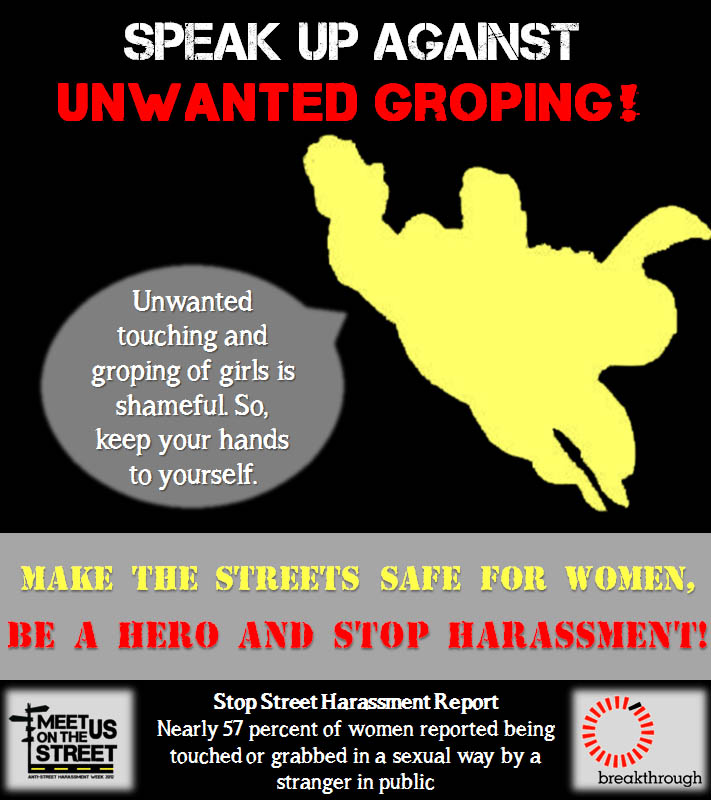 |
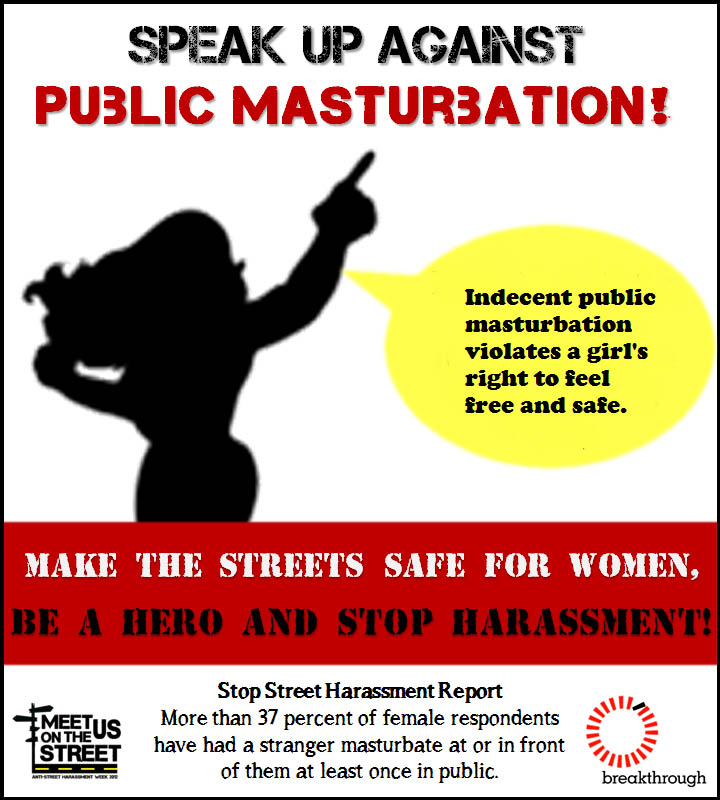 |
|
They also created two comics about bystander interventions.
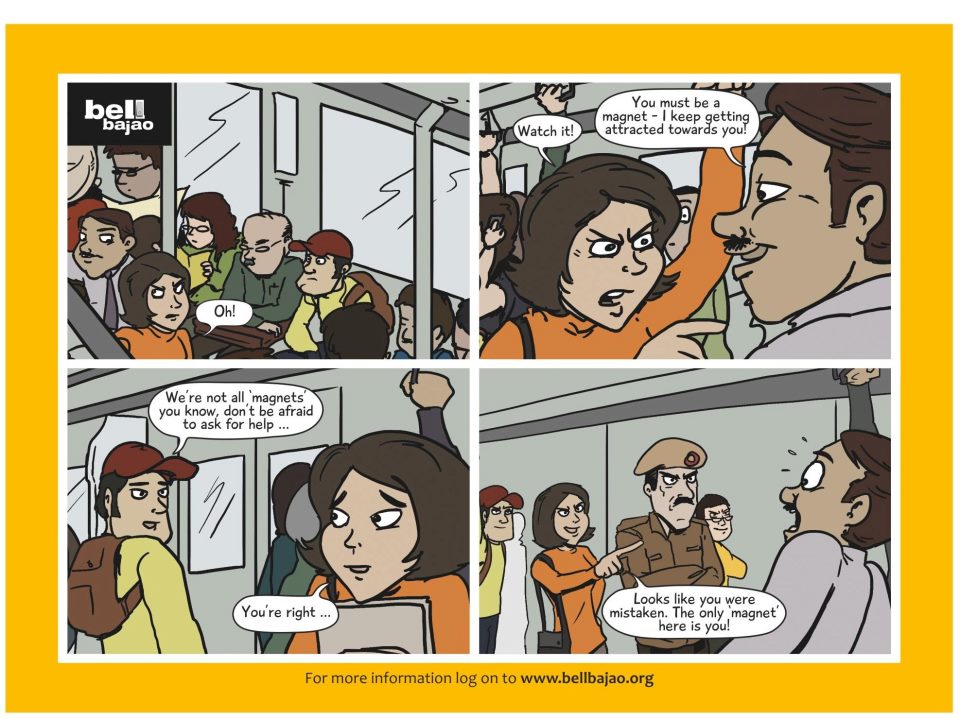
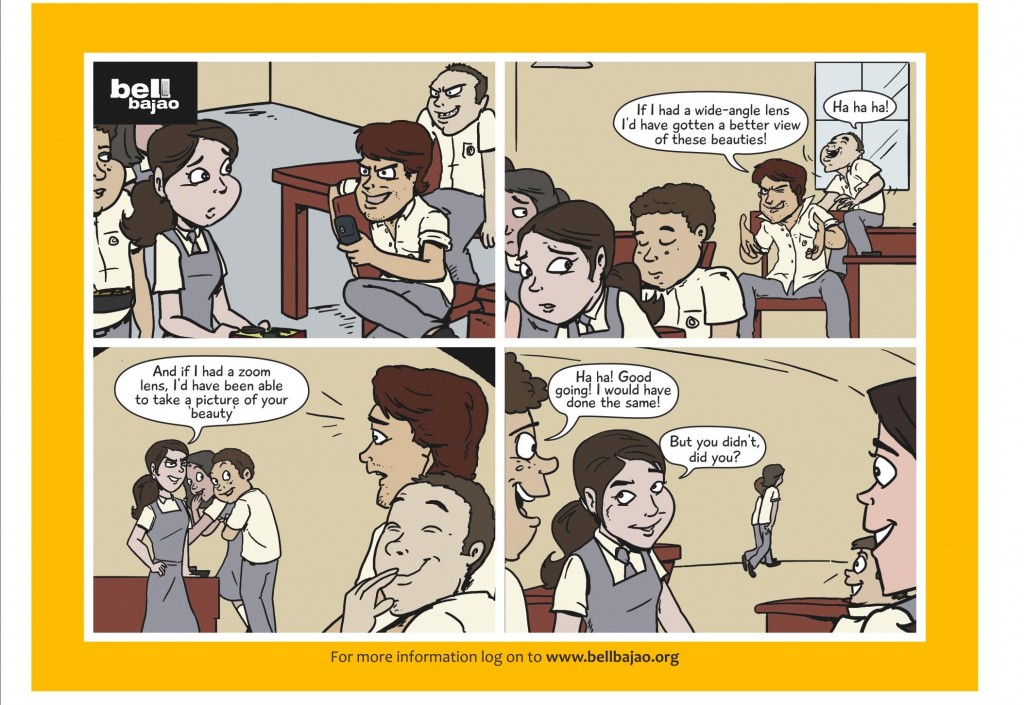


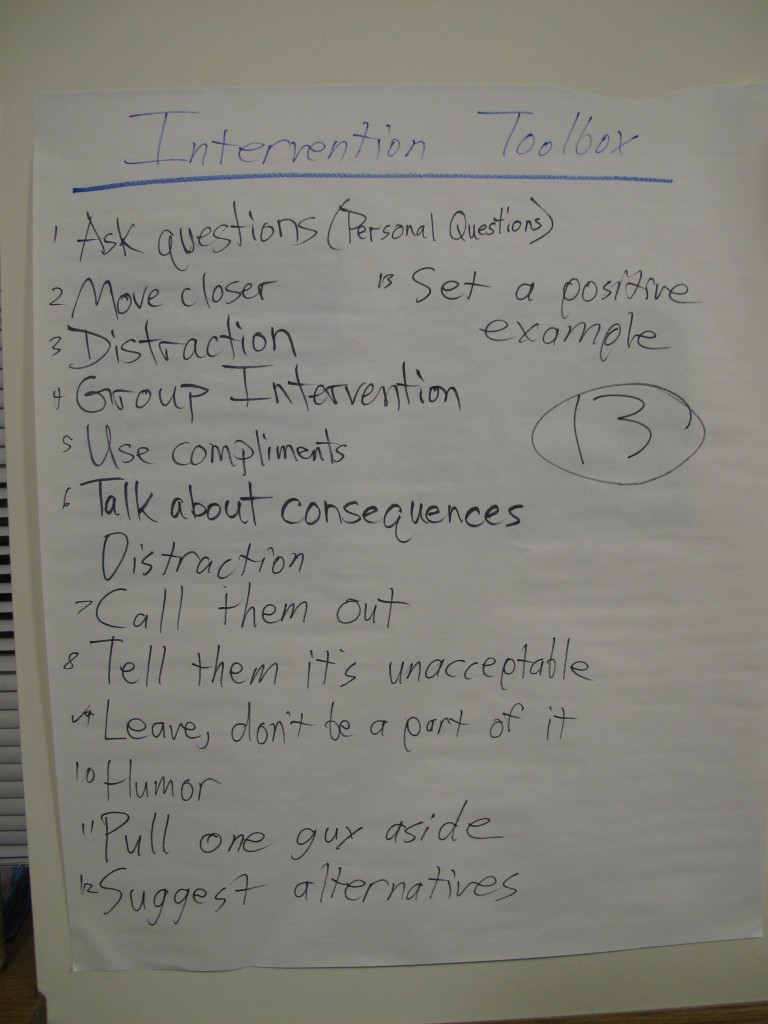
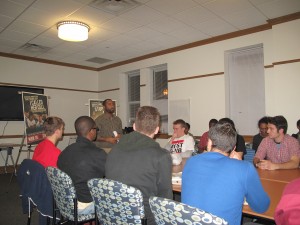

 The cupcakes are here because, as part of the Pixel Project’s “
The cupcakes are here because, as part of the Pixel Project’s “